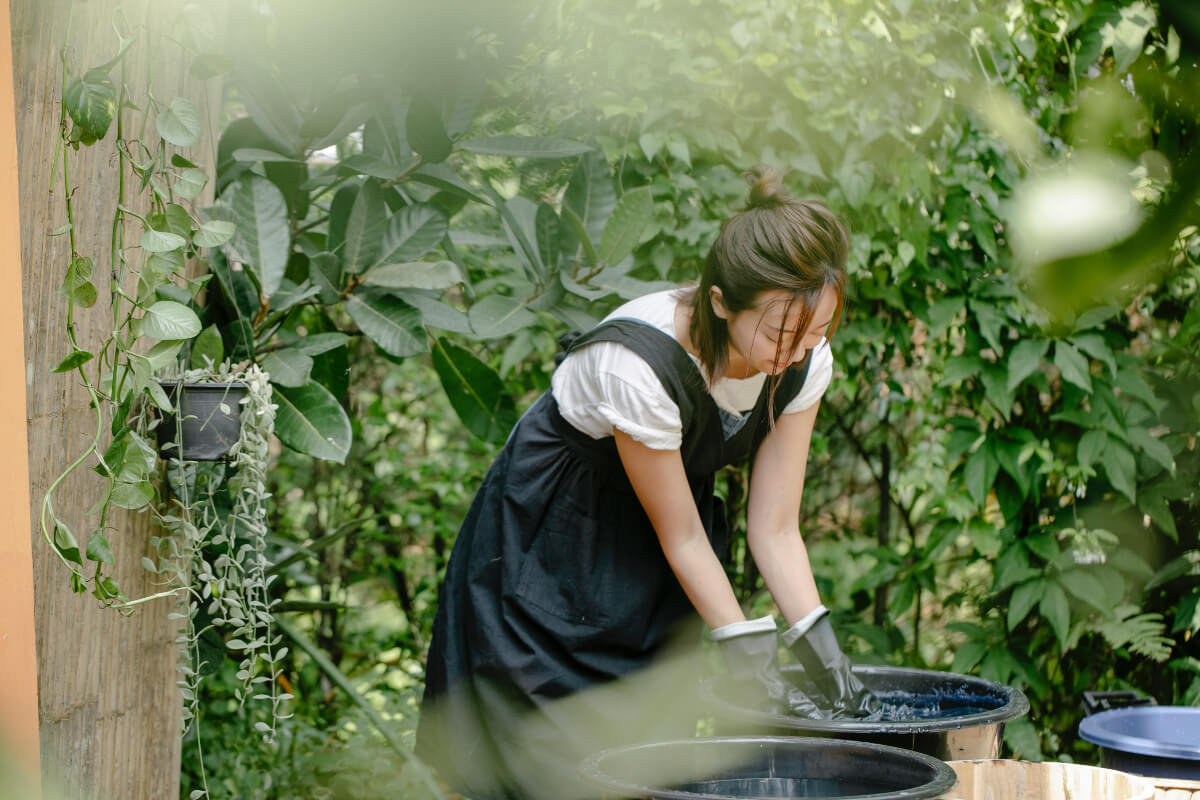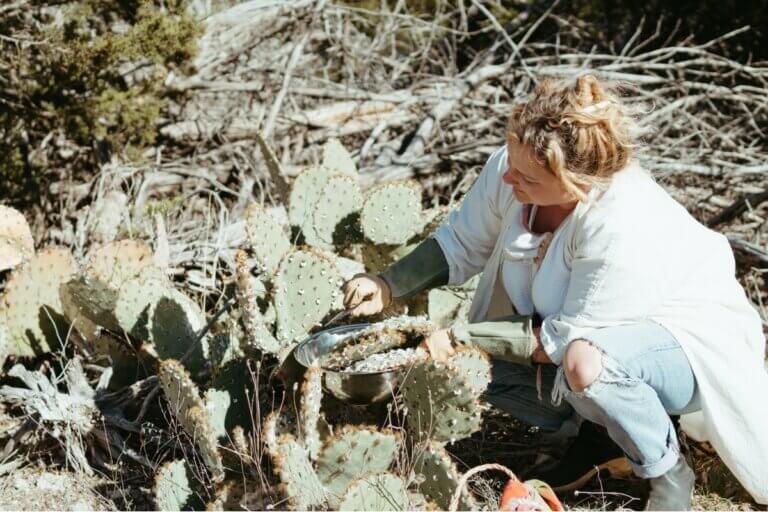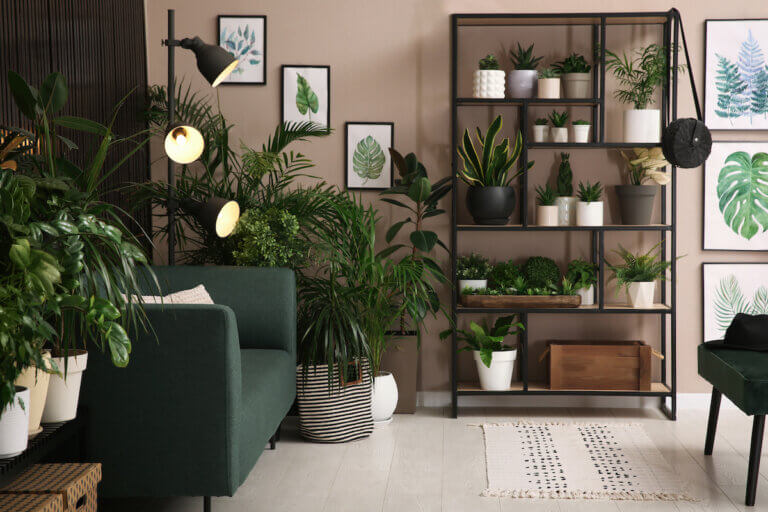There’s a growing movement in the fashion world to shift towards sustainable fashion. One practice gaining more attention when it comes to sustainable clothing is natural dyes. Aside from supporting sustainable and ethical clothing brands, there’s another way to join the eco-friendly movement and help the environment: do-it-yourself (DIY) plant dye.
DIY Plant Dye Could Be Your Next Fashion Project
Maybe you’re a crafter looking for a fun DIY fashion project. Or maybe you’re motivated by eco-consciousness. Are you drawn to the craft but not sure how to get started? Below we’ve provided a starter list of household items you’ll need to begin your DIY plant dye practice, as well as some YouTubers to inspire your next project – learn how to use print, create black or yellow dye and inject some new life into your garment!
What You’ll Need for Your DIY Plant Dye Job

- The plant material for your dye. This can be many things including: avocado skins, coffee, spinach, citrus peels (orange, grapefruit, lemon, etc.) and sunflower seeds. Also, keep an eye out for plants you can experiment with on your next walk.
- Your garment (consider reducing, reusing and upcycling your clothes) – dyed or undyed depending on the level of experimentation you’re up for.
- A mordant – a substance used to bind a dye to fabric. Some popular mordants include alum – which you might find at your local grocery store – and iron, both considered safer metal mordants. While it’s generally recommended to use a mordant, you might not need one depending on the potency of your dye. If you’d rather skip this step, the following dyes don’t require mordants: turmeric, pomegranate, henna and cochineal.
- Kitchenware and appliances, such as a stove, pot, wooden spoon, cheesecloth or a strainer, and tap water.
- Other materials may include an eco-friendly material to provide a barrier for your table to protect it from your DIY plant dye.
This is not meant to be an exhaustive list of what you’ll need – just enough to get you started.
Related Articles
DIY Plant Dye YouTubers
BillyNou
Based in France, BillyNou is passionate about comfort and sustainability. Shop their website for scrunchies, hats and casual wear. BillyNou’s YouTube channel is dedicated to home garment dyeing and boasts 14.6K subscribers. To learn how to make black dye using pomegranate, iron and logwood, watch “How to Naturally Dye Fabric Black.”
The Barefoot Dyer
The Barefoot Dyer, based in Austin, TX, is a community for natural dye artists. Read their blog, find a natural dyeing course, or sign up for their newsletter for freebies and exclusive content. With a reach of 3.59K subscribers, The Barefoot Dyer channel has a soy milk binder making tutorial, for an alternative to metal mordants. Watch “How to Eco Print With Flowers,” if you’re looking for a playful dye project.
Margaret Byrd: Color Quest
Based in Washington, DC, Margaret Byrd, at Color Quest, is a mixed media artist. With 3.3K followers, her YouTube includes playlists like “Forage ‘n Explore,” “Flower Power” and “Cookin’ Color.” Next time you cook with onions, remember to hold on to the skins and watch “How to Make Natural Dye with Yellow Onion Skin.”







